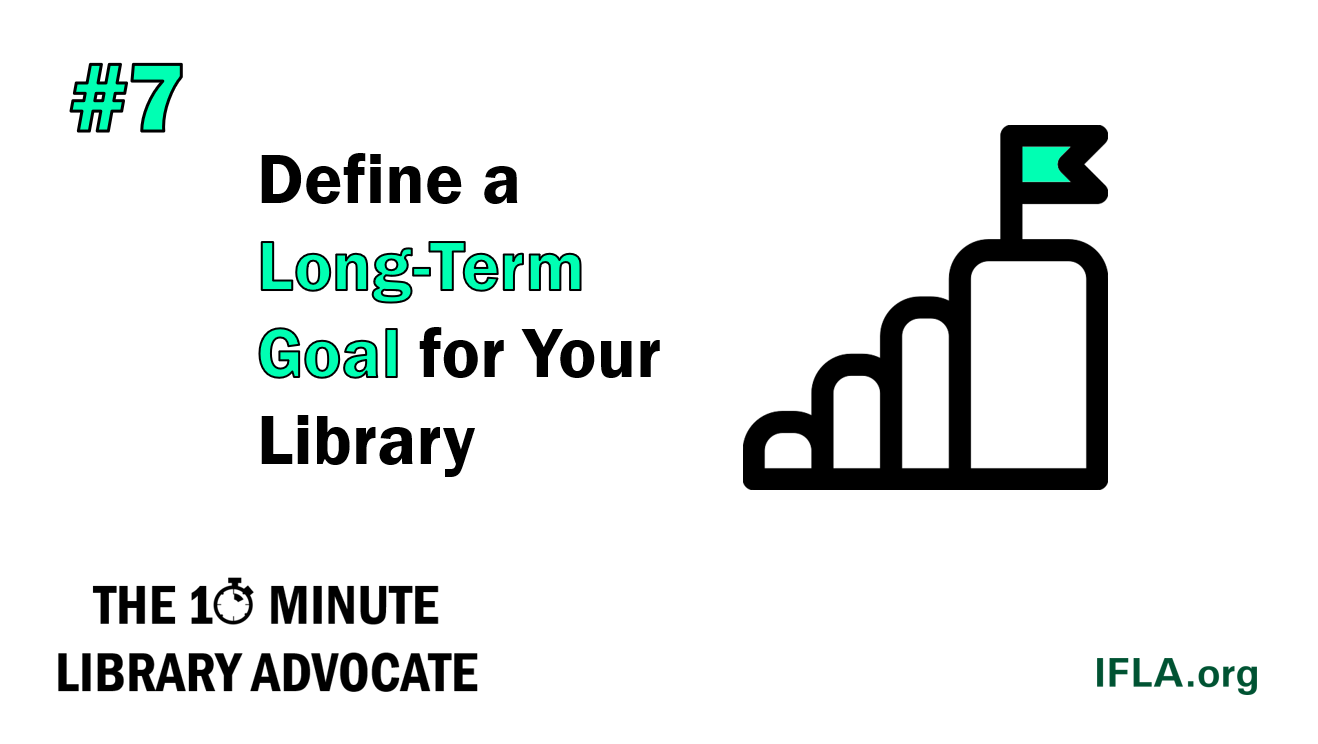While public libraries are often organised as a specific service within local or regional government, or at least linked to it, in reality they support delivery of priorities across the board.
There are countless stories of library staff receiving questions related to other policy areas, such as health or access to justice. Similarly, many of the people coming to use library computers have been sent by other agencies – for example those working to provide employment support or benefits.
In responding to this demand – to the best of their ability – libraries provide an important complement to these other services, contributing to their effectiveness, in particular in reaching those most in need.
Yet, of course, the people working in libraries are information professionals, not health, legal or social care professionals. It can be daunting for library staff to face requests for information on questions which are hugely important for users, and over which they have little training.
This situation translates into three broad choices for those taking decisions for funding about public spending in general, and libraries in particular.
Option 1: Cut
The first option is to cut budgets. By reducing opening hours, cutting staff, and no longer investing in new equipment, library funders could claim to be saving money.
However, it is highly questionable that this will be the case. For a start, the communities for the benefit of which decision-makers are supposed to be acting lose a key public space and driver of the enjoyment of key rights. As set out in our interview with Christian Lauersen, these impacts can be as important as they are varied.
But, crucially, it no longer becomes feasible for other government offices and services to tell people to go to the library if they need help to get online, or to get support.
Employment agencies can no longer count on jobseekers being able to search for work online. Health services cannot rely on people being able to use telehealth, rather than needing to come to hospitals or general practitioners. Benefits agencies cannot expect that the people who they are supposed to serve will reach them. Individuals cannot access the information they need to understand – and so enforce – their rights.
This is a recipe for reducing the effectiveness of public services, and so their ability to promote growth and inclusion.
Option 2: Do nothing
The second option is to maintain budgets at similar levels to currently. This would allow libraries to continue to provide services as now, with library staff providing information within their means, and internet access within their resources.
Clearly, this can already have a positive impact, as testified to whenever a library professional is able to connect a user to the information they need. However, there is arguably still unrealised potential when library staff do not have the support needed to maximise their effectiveness in helping users in different areas, and indeed face anxiety about whether they are even able to do so.
Moreover, as the consequences of the pandemic continue to be felt, the demand for the sort of public services highlighted in this piece seems likely to grow. With the shift to digital-only public services only likely to continue also, even sticking with the status quo could mean a less scope for libraries to deal with individual requests.
As such, doing nothing, while better than cuts, cannot be seen as particularly desirable.
Option 3: Invest
The final option then is to think about how additional support could help libraries achieve all that they should be able to, given their unique characteristics as a public, non-commercial space staffed by dedicated professionals.
For example, making resources available to support training or the hiring of professionals can be transformational in terms of helping libraries provide accurate and effective support to users.
Enhancing capacity to provide meaningful internet access – both through modern hardware and skilled staff support – can also make libraries far more powerful as an enabler of the success of any number of eGovernment and other digital services.
For example, the Australian Library and Information Association secured support to offer training to librarians in order to be able better to support users in engaging with a new digital health records service.
Also in Australia, and a little earlier, the Law and Justice Foundation of New South Wales recognised the value of upgrading libraries’ abilities to respond to legal questions, and so paid for the development of new training and materials.
Beyond projects supported by partners from other sectors, there are also of course projects driven by more dedicated library funders which can provide useful pilots to demonstrate what can be done also. Naturally, any such efforts do require libraries themselves to organise themselves in order to maximise their own impact.
Clearly, the coming years are likely to be times of difficult decisions around budgets. However, it will also be a period of intense need for effective public services in order to support recovery.
Faced with this need, there is a strong case for investing the relatively small amounts necessary to realise the potential of libraries to ensure that these services have the greatest impact and reach possible.
